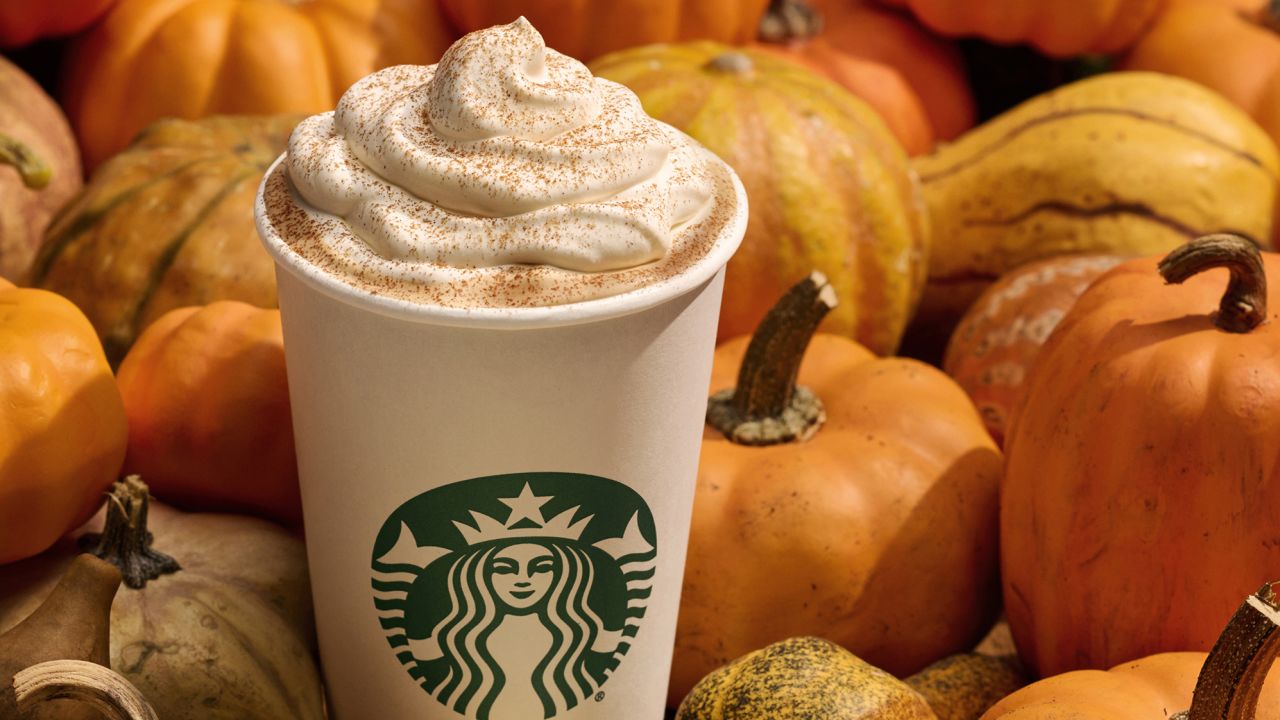The American Heart Association suggests women should have no more than 100 calories per day (about 6 teaspoons or 24 grams) and no more than 150 calories per day (about 9 teaspoons or 36 grams of sugar) for most men.
2 tablespoons of Barbeque Sauce (around 28 grams) can contain your total daily allowance of added sugar, around 9 grams.
Almost half of the added sugar in the American diet comes from one source: sugary drinks (regular soft drinks, sweetened tea and coffee, energy drinks, and fruit drinks).
A standard 20-ounce (591-mL) bottle of a sports drink will contain 32.5 grams of added sugar and 161 calories. This is equivalent to 9 teaspoons of sugar, your daily allowance.
Here’s another eye-opening statistic: a large flavored coffee or coffee drink can contain 45 grams of sugar, if not much more. That’s equivalent to about 11 teaspoons of added sugar per serving!
Other sources of added sugars are candy, desserts, sweet snacks (cakes, cookies, pies), dairy desserts, milk products (ice cream, sweetened yogurt, and sweetened milk), breakfast cereals and bars, and other items.
For example, a single cup (245 grams) of low-fat yogurt can contain over 45 grams of sugar, about 11 teaspoons. This is more than the daily limit for men and women in just a single cup.
New science shows that when we overload on added sugar, our brain receptors change, making it hard to regulate how much we eat. Sugar is addictive. It lights up the same reward receptors and triggers the same cascade of feel-good brain chemicals like serotonin and dopamine as cocaine. And when you’re shaky, irritable, and looking for your next food “fix,” you may not even realize it—but you’re hooked.
If you’re struggling with managing your added sugar intake, check out the book Sugar SavvySby my friend, health guru Kathie Dolgin, High Voltage.

High Voltage’s Sugar Savvy Solution is more than a diet. It’s an eye-opening, confidence-building, life-affirming program that literally and scientifically helps remap your brain chemistry to change what you crave and want to eat. It’s a plan that will empower you from the top down and inside out. Sugar Savvy includes: • a complete 6-week plan to transform your eating and exercise habits • easy-to-assemble Power Meal Formulas plus more than 40 simple Power Meals and Snacks you can use to eat Sugar Savvy anywhere • Moving Affirmations that move your body and your spirit • inspirational stories and advice from the 17 Sugar Savvy Sisters who tried our program, every single one of whom lost weight • and much more! This one-of-a-kind plan beats obesity where it begins—in your brain. The Sugar Savvy motto is Eat whatever you want, but we will change your desires.
“Science is just now catching up to what High Voltage figured out years ago: Breaking your sugar addiction isn’t about willpower, it’s about brain chemistry. Follow her innovative Sugar Savvy program to change what you crave, lose weight, and beat disease!” –Mark Hyman, MD, author of The Blood Sugar Solution 10-Day Detox Diet
I’m thrilled to announce that my friend, High Voltage will join the cast of Divabetic’s Annual Mystery podcast, Tomorrow Is Not On The Menu, this September! She will help us raise awareness of the dangers of excess amounts of added sugar in our diets.
Here’s a short synopsis: The happy healthcare host, Mr. Divabetic lands his to-die-for job as a caterer for the nation’s hottest health guru, Wendy Wattage’s Wellness Retreat on the Jersey Shore. Everything is hunky-dory until the body of the nasty food critic, Marilyn Macaroni, is found stabbed to death with one of Max’s new chef knives. Now he’s the prime suspect in a big, fat murder investigation! Can he and his team of friends, diabetes educators, and his nosey Italian mother, Mama Rose Marie, find the killer before the police arrive? Weight loss murder never tasted so good.

Tomorrow Is Not On The Menu stars Max “Mr. Divabetic’ Szadek, Best-Selling Author Tonya Kappes, Mama Rose Marie, Patricia Addie-Gentle RN, CDCES, Maryann Horst Nicolay MEd, NTDR, Kathie Dolgin aka ‘High Voltage’, Seveda Williams, Terri Seidman, and Lorraine Brooks. Music by Ivan Hampden Jr.































